Higher Performance Insights | RETHINKING RESISTANCE: Stubborn Ass Wisdom for Navigating Campus Challenges
How an Ancient Mining Tradition Reveals the Secret to Navigating Today's Campus Challenges
In the sunbaked landscapes of New Mexico, an unusual sporting event recently captivated spectators and participants alike - burro racing. This isn't just any competition; it's a profound lesson in partnership that offers surprising wisdom for K-12 and campus leaders navigating today's educational challenges.
The Partnership Challenge
Last weekend, some 70 teams tested their skills in Cerrillos, New Mexico. Runners and burros navigated a challenging course through a historic turquoise-mining town. Success required neither dominance nor control but mutual trust and responsive communication.
Sound familiar?
Today's educational leaders face their own challenging terrain. Whether leading a classroom, a school, or a college administration, we navigate uphill climbs, unpredictable paths, and occasionally resistant stakeholders. With teacher shortages, learning recovery needs, budget constraints, and political polarization, traditional leadership approaches increasingly fall short.
When Innovation Meets Resistance
Perhaps the most valuable insight from burro racing comes from understanding what happens when forward progress stalls. Experienced racers explain that when burros refuse to move, it's not simple stubbornness—it's caution. These intelligent animals stop to assess situations that feel dangerous or unknown.
This mirrors what happens in our schools and districts. When faculty, staff, or community resist new initiatives, what might appear as obstinacy often signals legitimate concerns. The veteran teacher who questions a new curriculum rollout, the department chair hesitant about schedule changes, or the student government pushing back on policy reforms—each may be responding to genuine risks or misalignment with core educational values.
Building Relationships Before Implementation
For those borrowing or renting a burro for race day, organizers strongly encourage arriving early—even the night before—to build rapport with their racing partner. Without this relationship-building, success becomes nearly impossible.
Similarly, campus leaders can't expect immediate buy-in when introducing significant changes. The most successful curriculum adoptions, schedule revisions, or strategic plans begin with relationship cultivation before implementation. As race organizer Shane Weigand explains, "You have to spend a lot of time on the trail with your burro, building up that relationship and trust."
Leading Without Controlling
In burro racing, runners cannot ride their animals—they must guide without dominating, persuade without forcing. The relationship requires genuine partnership rather than control.
This approach resonates deeply with effective educational leadership today. Command-and-control structures increasingly fail in school environments where teacher expertise, student agency, and parent involvement are essential for sustainable success.
Five Strategies for Educational Leaders Navigating Resistance
Drawing inspiration from these remarkable athletes and their burro partners, here are five actionable strategies for school and college leaders:
1. See resistance as valuable feedback, not obstruction. When faculty hesitate to embrace new pedagogical approaches or technologies, listen first. Like an experienced burro racer, understand that apparent resistance often indicates legitimate concerns (or fears) that deserve addressing.
2. Invest in relationship-building before implementation. The most successful campus initiatives begin with trust-building conversations. Create informal spaces for dialogue about potential changes long before formal rollout.
3. Honor educational partnership. Your teachers, staff, students, and parents aren't simply recipients of directives—they bring essential wisdom to the table. Design inclusive decision-making processes that genuinely incorporate diverse perspectives.
4. Develop versatile leadership approaches. Burro racers prepare for varied conditions—from sprint starts in town to technical trail sections in the backcountry. Educational leaders similarly need flexible approaches for different challenges: a collaborative style for curriculum development, a more directive approach during safety emergencies, and a coaching stance for teacher development.
5. Celebrate diverse forms of excellence. In Cerrillos, teams competed for various recognitions, including the playful "last ass" award for the final finisher. Create a campus culture that honors different forms of contribution, not just test scores and academic achievements, but also compassion, creativity, perseverance, and community building.
Leading Forward Together
The burro racers of New Mexico demonstrate that success isn't about domination—it's about creating genuine partnerships, building trust, and navigating challenging terrain together.
This lesson feels especially relevant as schools and colleges face unprecedented challenges. Educational reforms imposed without stakeholder buy-in typically fail, while those developed through authentic partnership gain momentum even through difficult implementation phases.
For a deeper look at this fascinating sport and its surprising parallels to educational leadership, read the full AP News article: Burro racing wins over runners in backcountry ode to mining history
YOUR TURN
Consider a persistent challenge in your educational community where progress seems stalled. What if resistance isn't obstruction but a signal of caution or a desire for clarity? What might your stakeholders be sensing that you haven't yet recognized? How might approaching this challenge through partnership rather than authority create new possibilities?
Share a time when listening to resistance actually improved an initiative. What did you learn about leadership through that experience?
Like the burro racers navigating historic mining trails, effective educational leaders honor tradition while forging new paths forward—not by commanding, but by partnering.
References
Associated Press. (2025, May 3). Burro racing wins over runners in backcountry ode to mining history. AP News. Retrieved from https://apnews.com/article/wild-burro-racing-donkey-mining-new-mexico-9f20f6736401139529c8946162b97046
Fullan, M. (2019). Nuance: Why some leaders succeed and others fail. Corwin Press.
Hargreaves, A., & O'Connor, M. T. (2018). Collaborative professionalism: When teaching together means learning for all. Corwin Press.
Heifetz, R. A., Grashow, A., & Linsky, M. (2009). The practice of adaptive leadership: Tools and tactics for changing your organization and the world. Harvard Business Press.
Patterson, K., Grenny, J., McMillan, R., & Switzler, A. (2012). Crucial conversations: Tools for talking when stakes are high (2nd ed.). McGraw-Hill Education.
Weigand, S. (2025, May 3). Personal interview. Cerrillos Burro Race, New Mexico.
Help Spread the Word
If you found value in this post, we’d love your help spreading the word! Please consider sharing this on your favorite social media platform and tag Higher Performance Group and Dr. Joe Hill. Your support helps us reach and inspire more awesome people like you!
Like What You've Read?
Get practical, research-based ideas to Accelerate
Higher Team Performance delivered straight to your inbox every Tuesday.
More Blog Articles




